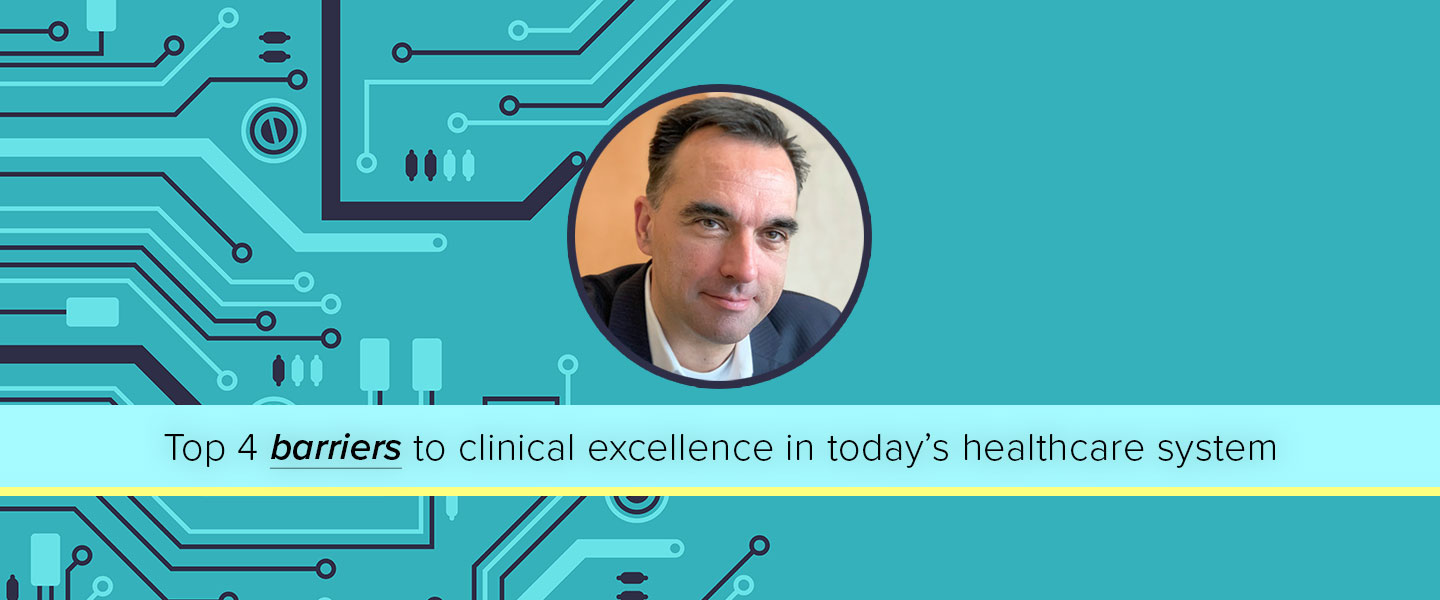True story, I used to love the fax machine at work; I LOVED IT.
I was straight out of University in a sales role, and the fax machine going off was always a sign a contract was coming in. My desk was close to the fax machine, and whether the fax was mine, or a colleague’s, it was always a special moment. Time moves on, technology changes, and I can’t remember the last time I used a fax machine; maybe 15 years ago, maybe longer.
Today we have a healthcare industry still heavily reliant – to the tune of $15B per year – on fax as a core component to critical healthcare processes. It’s not just a US problem. The UK struggles too. The National Health Service (NHS) Supply Chain has stated that it is no longer providing fax machines to the health service in a bid to improve data security and encourage investments in new technologies.
In the US, fax is still the primary, not to be confused with the preferred way that authorizations are processed. And it is inertia around these types of processes that impedes innovation in adjacent workflows, like value-based care.

Last month MedPAC, a nonpartisan legislative branch agency that provides Congress with analysis and advice on Medicare, sent a report to Congress reaffirming that healthcare spending as a share of GDP continues to grow (now at 18%), and government spending on Medicare and other major health programs is projected to exceed total federal revenues by 2038.
So, there have been decades of spending, no shortage of efforts to legislate, and still minimal progress across the industry – I will caveat that my comment on minimal progress is at an aggregate level. And through that same lens, payer/provider abrasion hasn’t eased, nor has the pharmaceutical industry’s approach to value-based reimbursement…and don’t get me started on the rebate models out there.
I say all of this to reinforce the importance of interoperability to enable value-based care.
Thinking more broadly about value-based care, one huge market shift health plans and providers cannot ignore is the rise of the digital consumer. Healthcare consumerism is changing, and patients are evolving more rapidly than the healthcare industry’s ability to respond. This vacuum creates opportunities for market disrupters.
At NantHealth, we’re supporting health plans and providers with their interoperable population health strategies. And with our partnership eco-system, we are providing care navigation support to help close care gaps.
As a final thought, one thing that I’m hopeful of is that we all acknowledge status quo is not an option for our industry. Further reforms will always be looming. The question is: do we choose to drive that reform ourselves? Or wait until we’re told? I know which option I’d pick.








